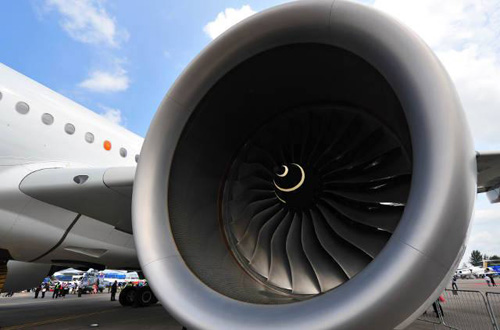Recently, a research team described how they used low-cost 3D printers and magnetic resonance scan data to create a deformable full-scale simulation of the human heart. In other words, you can hold it in your hand, squeeze it, and it will have a very real texture; cut it open, and you can find the atria and ventricles. The emergence of this kind of artificial heart will help surgeons to better practice heart surgery before surgery, and may eventually lead to the emergence of a fully functional 3D printed heart, and provide a platform for medical device developers to test their product.
3D printed human heart
How is the 3D printed heart completed? First, they scan a real heart and then convert the data into a format that can be read by a 3D printer. Since 3D printers work by stacking materials layer by layer, they use a slicer program to run 3D images. This 3D printer uses alginate as the printing material, which is a slimy substance extracted from seaweed. Researchers chose alginate because of its low cost and similar material properties to human heart tissue. However, this printer does not squeeze the finished product into the air like an ordinary 3D printer, but squeezes the artificial heart into a container with supporting gel.

The development direction of 3D printing
1. The equipment develops towards large scale
Throughout the industrial fields such as aerospace, automobile manufacturing, and nuclear power manufacturing, higher requirements are put forward for the manufacture of large-scale and complex precision components such as titanium alloys, high-strength steels, high-temperature alloys, and aluminum alloys. At present, the existing metal 3D printing equipment forming space is difficult to meet the manufacturing requirements of large-scale and complex precision industrial products, which restricts the application scope of 3D printing technology to a certain extent. Therefore, the development of large-format metal 3D printing equipment will become a development direction.
2. Materials develop towards diversification
The unity of 3D printing materials also restricts the development of 3D printing technology to some extent. Taking metal 3D printing as an example, the materials that can be printed are only conventional materials such as stainless steel, high temperature alloy, titanium alloy, die steel, and aluminum alloy. 3D printing still needs to continuously develop new materials, making 3D printing materials diversified, and able to establish a corresponding material supply system, which will greatly expand the application of 3D printing technology.
KMPASS is a trusted global chemical material supplier & manufacturer with over 12 years’ experience in providing super high quality chemicals and Nano materials. The 3D printing metal powder produced by our company has high purity, fine particle size and impurity content. Lower, please contact us if necessary.



